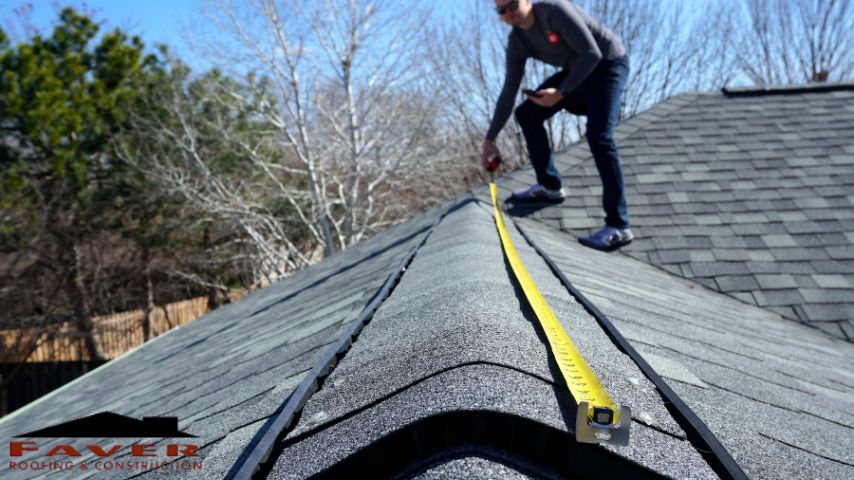Replacing your roof is a significant investment in your home’s value, protection, and appearance. Knowing what to expect can help make the process smoother and less stressful. A residential roof replacement involves several critical stages, from initial preparation to the final clean-up, each designed to ensure your new roof will last for years. In this guide, we’ll walk through each stage of a roof replacement project so you know exactly what to expect when the work begins.
Steps in a Residential Roof Replacement Project
A typical residential roof replacement project has a sequence of steps to ensure a high-quality, durable result. Each step requires careful execution, skilled workers, and quality materials, making it essential to work with a professional and reputable roofing contractor. Here’s a breakdown of the process:
- Initial Consultation and Inspection: The process begins with an inspection and consultation to assess the current roof condition, discuss your options, and provide a project estimate. A professional inspector will examine the shingles, flashing, underlayment, and any existing damage.
- Project Planning and Material Selection: Once the assessment is complete, the contractor will work with you to select roofing materials, colors, and styles. They’ll also plan the timeline, taking into consideration weather conditions and other factors that could affect the project.
- Scheduling and Logistics: After choosing materials and finalizing details, the contractor will set a start date. They’ll coordinate the delivery of materials and arrange for any necessary permits, ensuring everything is ready for the start of the project.
- Roof Removal and Disposal: The first physical step in the replacement process is removing the existing roof. This includes stripping off the old shingles and underlayment, and safely disposing of all debris. Some contractors will bring a dumpster to the site for easy removal.
- Inspection of Roof Decking: Once the old roof is removed, the decking, or wooden base of the roof, is thoroughly inspected. Any damaged or rotted sections will be replaced to ensure a stable foundation for the new roof materials.
- Installation of New Roofing Components: With a clean, stable decking in place, new roofing components are installed. This usually begins with an underlayment to provide waterproofing and insulation, followed by flashing to protect vulnerable areas, and finally, the shingles or other roofing materials are applied.
- Final Inspection and Clean-Up: Once the roof is fully installed, a final inspection is conducted to ensure all materials were installed correctly. The contractor will also clean up the site, removing all debris and tools. They’ll provide you with documentation of the work completed and discuss any necessary maintenance.
Preparing for Your Roof Replacement
Preparation is key to a smooth and successful roof replacement. Here are some tips to get your home ready:
- Clear the Area: Move any outdoor furniture, grills, or potted plants away from the perimeter of your home. Roof replacement can generate a significant amount of debris, so keeping these items out of the way protects them from accidental damage.
- Cover Belongings in the Attic: If you use your attic for storage, it’s a good idea to cover your belongings with tarps or sheets. During the roof removal and installation process, dust and debris can easily fall into the attic.
- Prepare for Noise: Roof replacement is a noisy process, with a lot of hammering, tearing, and power tool usage. Consider relocating family members or pets who may be sensitive to loud sounds for the duration of the project.
- Keep Vehicles Clear of the Driveway: If possible, park your vehicles a safe distance from the house to avoid accidental damage from falling debris or tools. Many contractors also need access to the driveway for loading and unloading materials.
By following these preparation steps, you’ll help ensure the safety of your property and the efficiency of the roofing crew, making the entire process more manageable.
Roof Removal: What Happens First
The roof removal stage is the most physically demanding part of the project. It requires a team of skilled workers to carefully remove each layer of the existing roof without causing damage to the underlying structure.
Roof removal is a critical step, as it provides an opportunity to address any issues that would otherwise remain hidden beneath the shingles. By ensuring the roof deck is in optimal condition, you’re setting the stage for a high-quality, long-lasting installation.
Conclusion
A residential roof replacement is a big project, but understanding each step can help ease any worries you may have. From inspection to cleanup, a well-executed roof replacement provides peace of mind, boosts your home’s energy efficiency, and enhances its curb appeal. Working with a qualified roofing contractor who communicates well and follows a clear process is essential for a successful outcome.
If you’re looking for a reliable and experienced roofing company, check out Faver Roofing LLC. Their commitment to quality craftsmanship and excellent customer service has earned them a stellar reputation. With skilled professionals and a dedication to delivering durable, beautiful roofs, Faver Roofing LLC can guide you through every stage of your roof replacement project.

